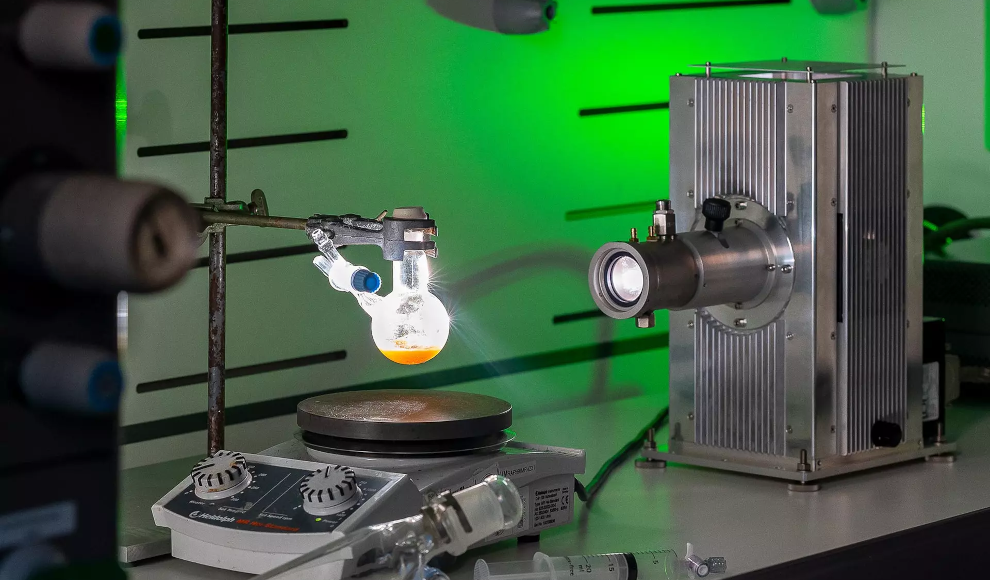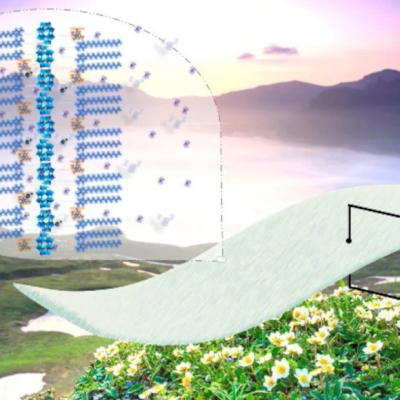A groundbreaking new nanomaterial has been developed by researchers at the Technical University of Munich that can convert sunlight into usable energy with significantly higher efficiency than even the best solar cells. Traditional solar panels have an efficiency rate of around 20%, while a recent tandem solar cell set a new record of 33.2% under laboratory conditions. However, the new nanomaterial, called Nanozym, can use incoming sunlight with an efficiency rate of 36%. The researchers were inspired by photosynthesis, the process by which plants convert light into chemical energy, and created a material that mimics the properties of the enzymes responsible for photosynthesis.
Nanozym can produce synthesis gas from carbon dioxide, light, and water, with a mixture of carbon monoxide and hydrogen being an essential intermediate product for basic materials such as methanol and ammonia. The innovative aspect of the system lies in the two reaction centers, which work together to convert carbon dioxide into carbon monoxide and water into hydrogen. The researchers had to arrange the antenna, electron transfer mechanism, and two catalysts in such a way that maximum light yield could be achieved while ensuring the stability and functionality of the molecular structures involved.
The researchers believe that the high energy yield of the nanomaterial could make industrial chemical processes more sustainable in the future. The nanomaterial could serve as a basis for developing sustainable methods for synthesizing gas on an industrial scale. The development of this nanomaterial is a significant step forward in the field of renewable energy and could have far-reaching implications for the future of energy production.










